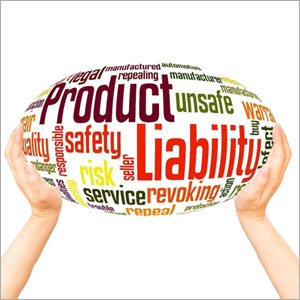
In this article, you can discover:
- The three types of defects under California law: manufacturing, design, and warning.
- Key elements required for a successful product liability claim in California.
- The importance of preserving the defective product for evidence in liability cases.
What Does California Law Consider A ‘Defect’ In A Product?
Have you ever purchased a product that did not function properly, and you are wondering if it is legally considered ‘defective’? In California, this is a critical question, especially if you’re facing an injury due to a product. Let’s explore the three main types of defects recognized under California law:
- Manufacturing Defects: This happens when a product doesn’t meet the quality standards it should. Picture buying a coffee maker that malfunctions and causes a burn. If it only occurs with your machine and is not common with other units, it is likely a manufacturing defect.
- Design Defects: With a design defect, the problem lies in the product’s design itself. For example, if a bicycle model has a design that makes it unusually prone to tipping over, it’s a design defect. California uses two tests to determine this: the Consumer Expectation Test (does the product perform as safely as any reasonable person would expect?) and the Risk-Benefit Test (do the benefits of the design outweigh the risks?).
- Warning Defects: Have you ever used a product and later found out it had hidden dangers not mentioned in the instructions or labels? That’s a warning defect. This occurs when the product does not have adequate instructions or warnings to ensure safe use.
What Are The Elements Of A Product Liability Claim In California?
In order for you to have a solid product liability claim in California, you need to prove:
- The Presence of a Defect: You need to show that the product had a defect when it left the manufacturer or seller.
- Direct Connection to Injury: It’s crucial to link the defect directly to the injury you suffered.
- Reasonable Use of the Product: Did you use the product as it was intended? This is key to establishing your claim.
Remember, in California, responsibility for a product defect can extend along the entire chain of its distribution – from the manufacturer to the retailer.
Do I Need To Still Have The Defective Product To Be Able To File A Product Liability Claim?
Wondering whether you still have a case if you no longer have the defective product is a common concern. Ideally, having the defective product is important because it serves as key evidence. For instance, a malfunctioning power tool can be examined to pinpoint the defect.
Fortunately, even if the product is lost or destroyed, like a gadget that malfunctioned and got disposed of, you can still pursue your claim. In these scenarios, your attorney might rely on circumstantial evidence to prove the defect. However, if you still have the product or even parts of it, it’s essential to preserve it as it significantly strengthens your case. For more information on Product Liability Injury Claims In California, an initial consultation is your next best step.
Get Your Questions Answered. Call For Your
Free 30 Min Evaluation Today! (310) 982-2291